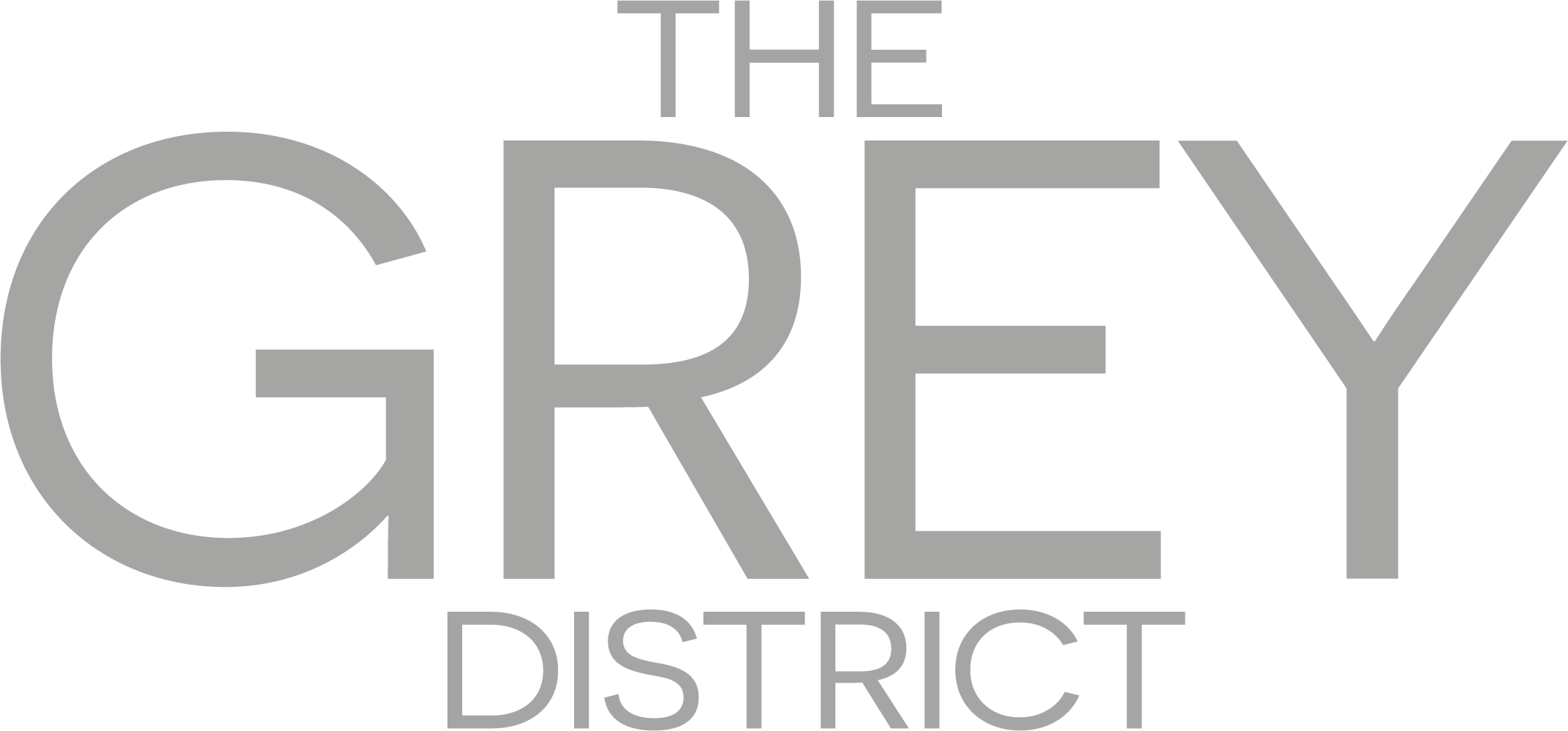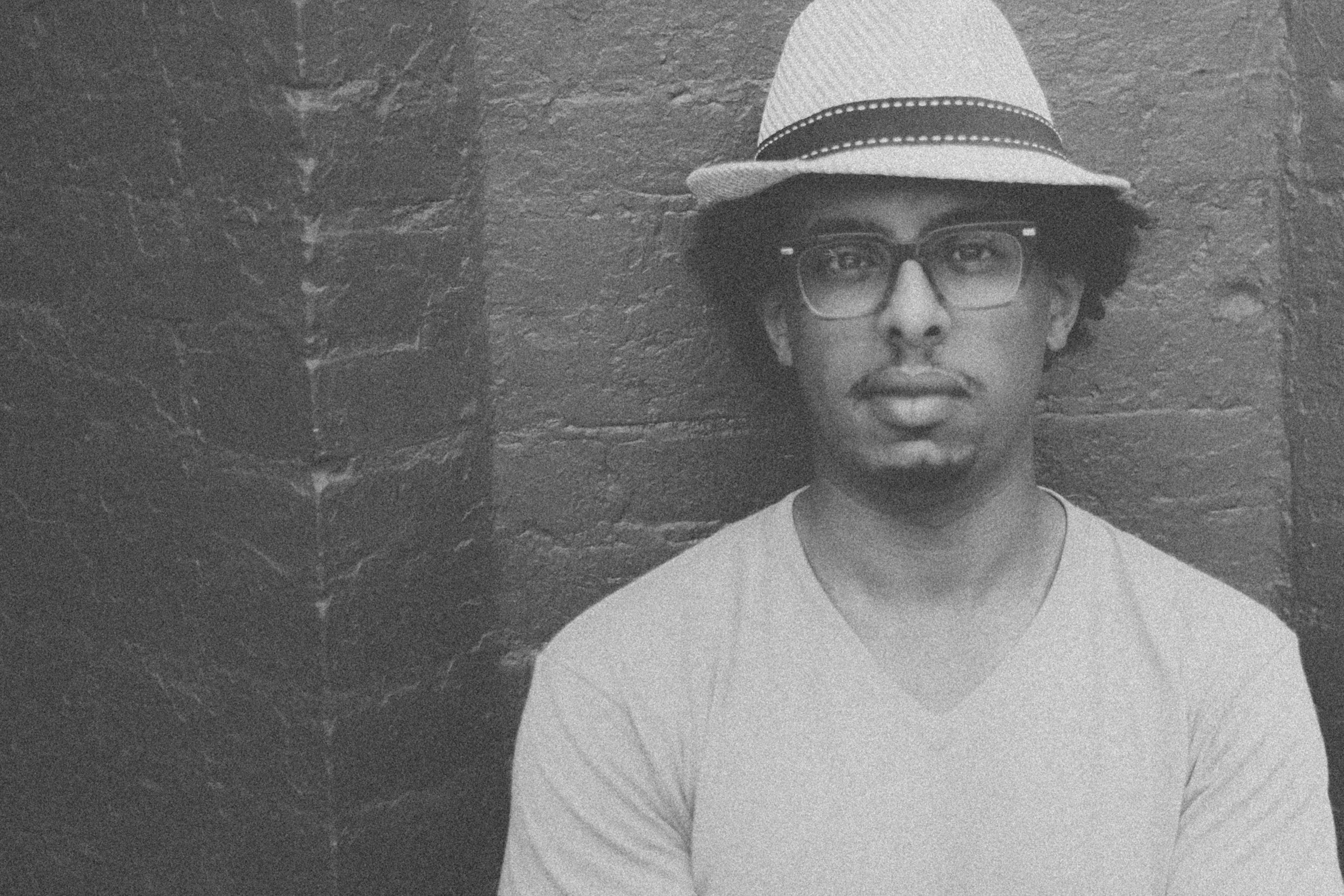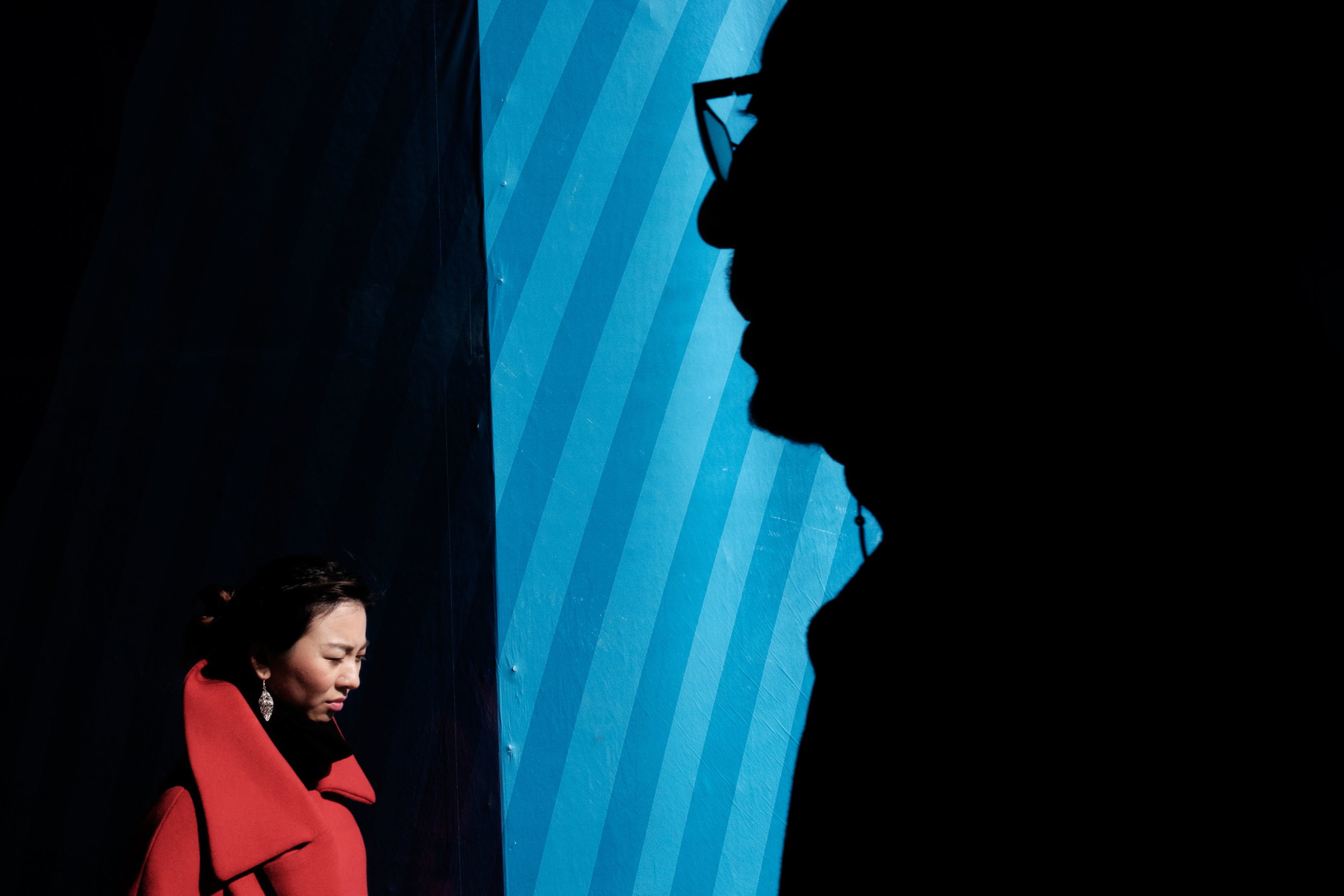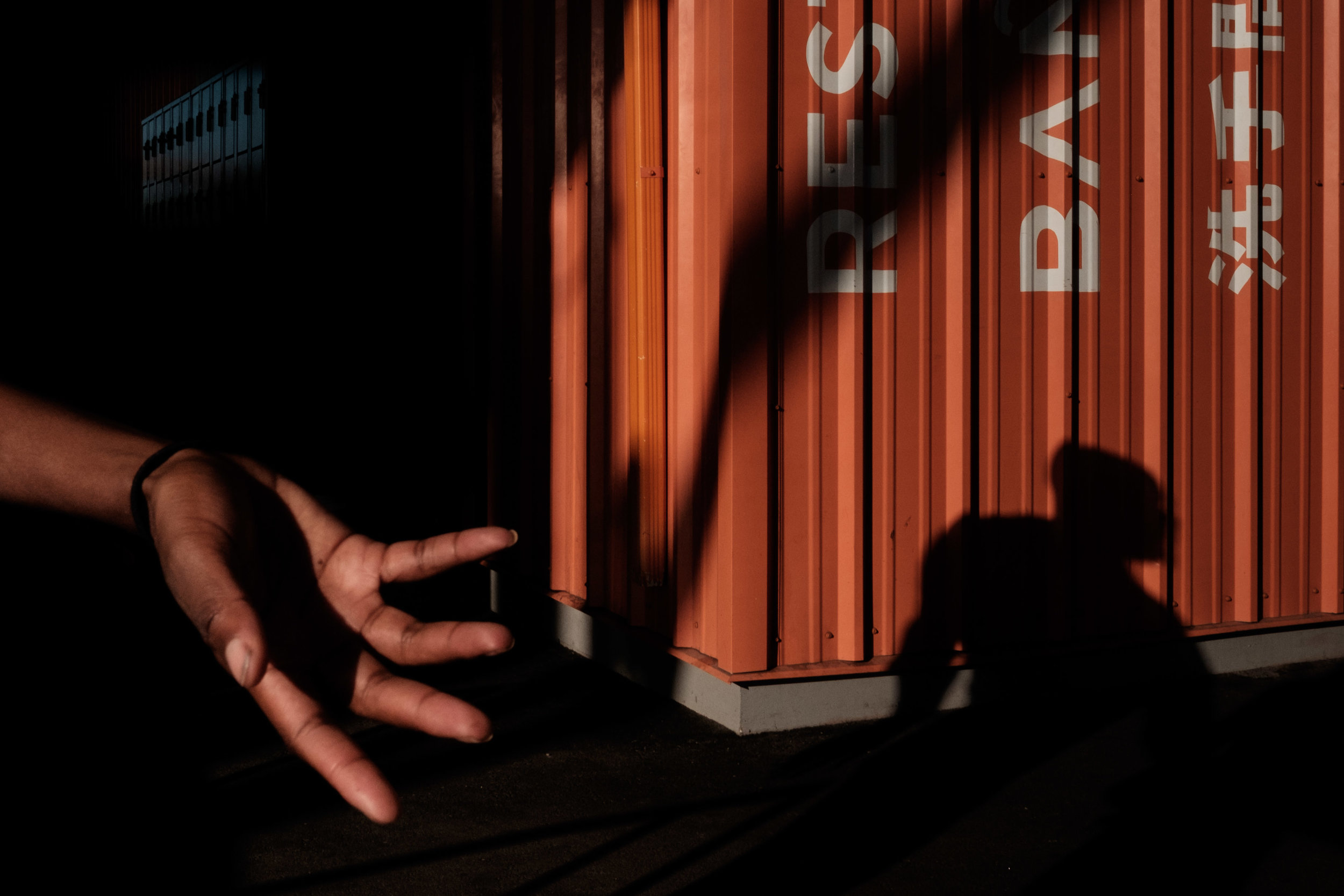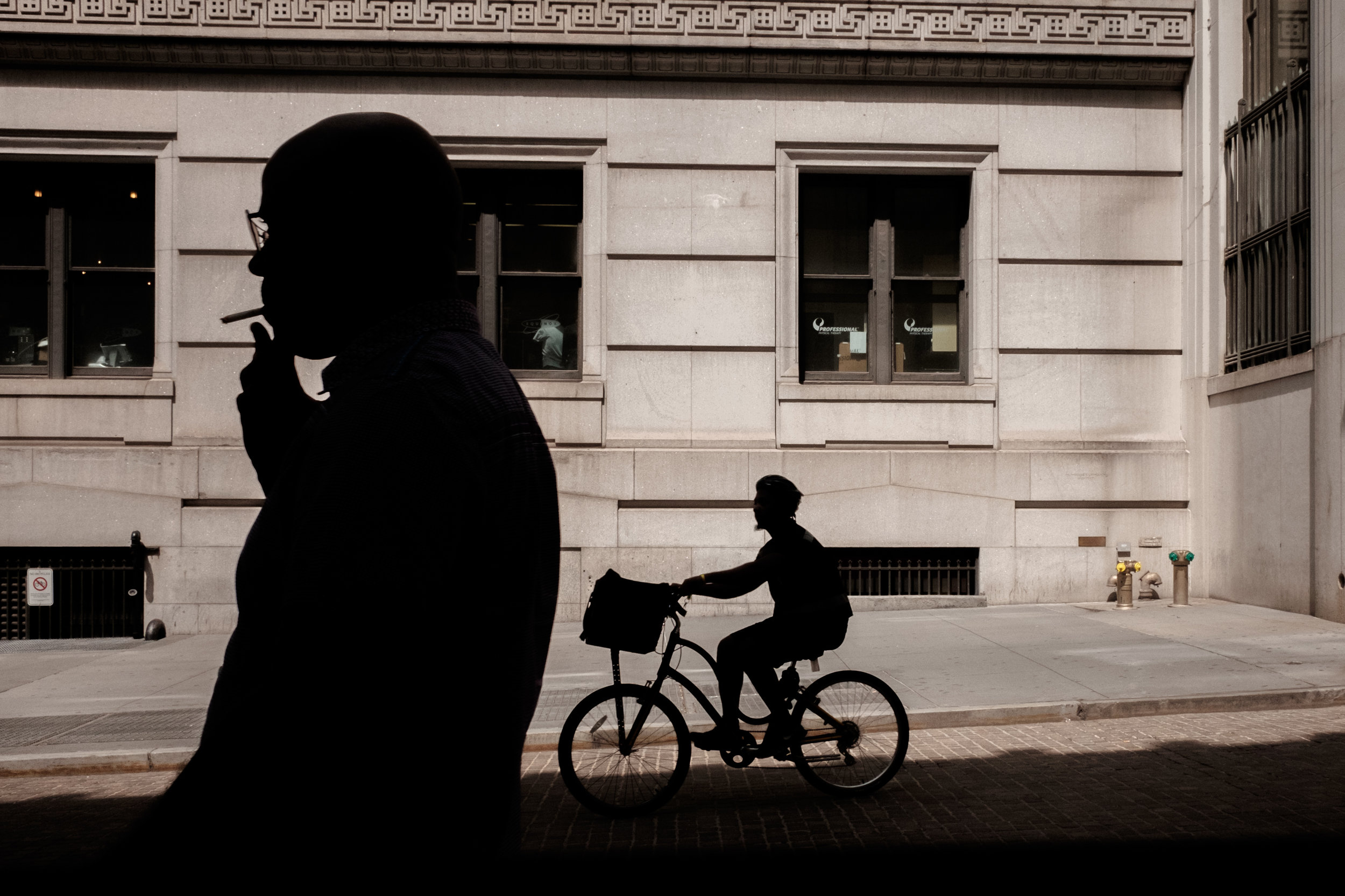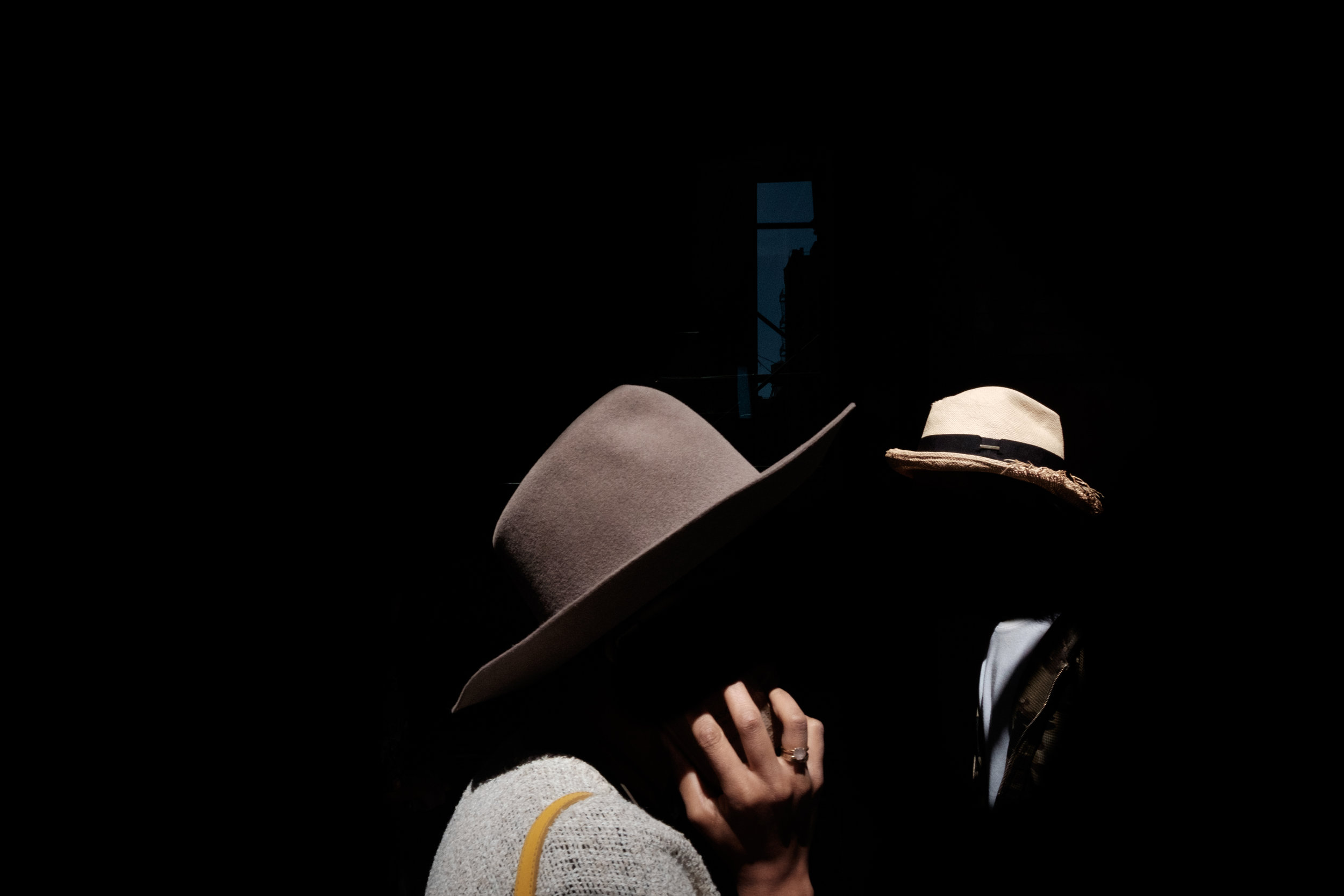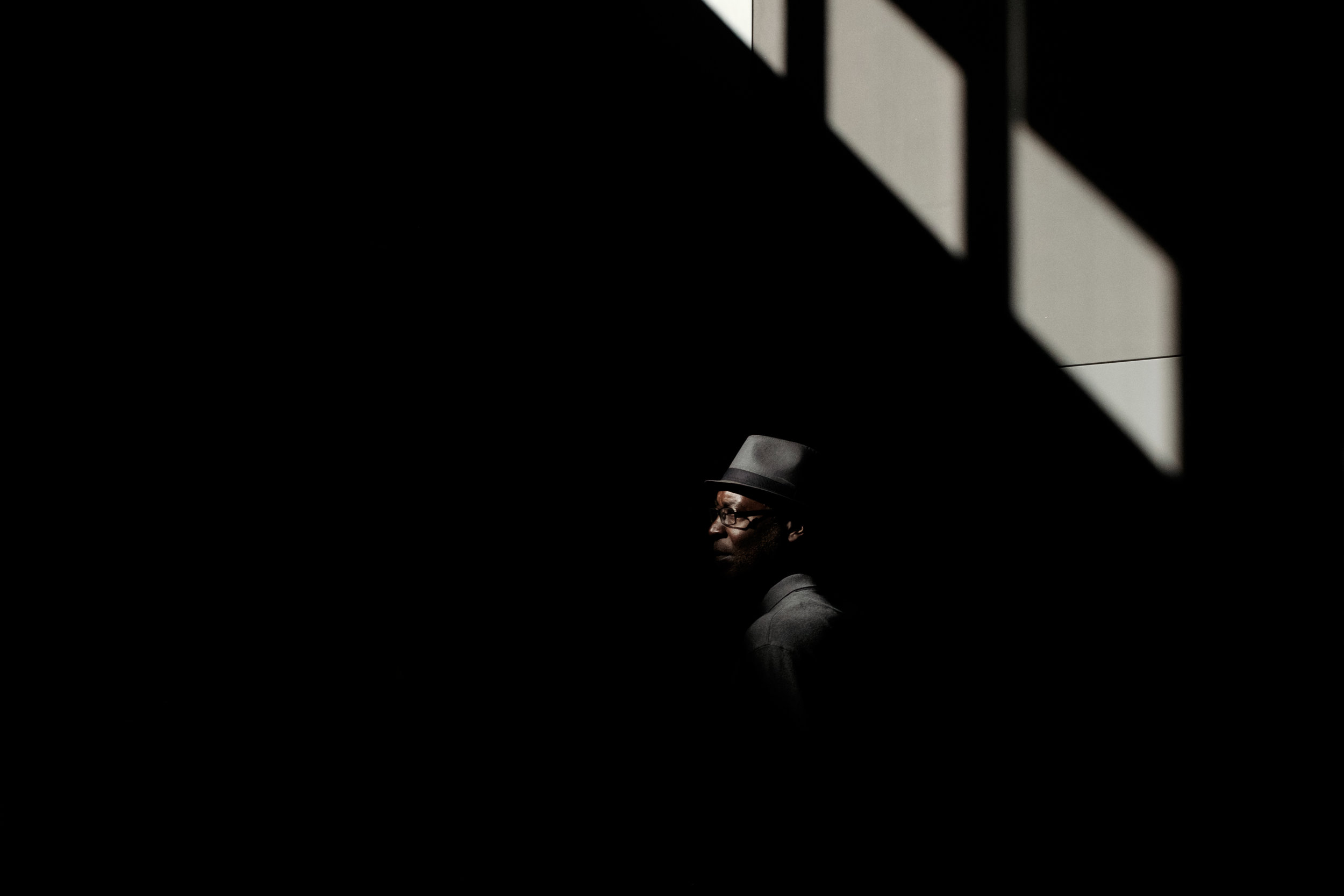Messay Shoakena
Washington, D.C.
How did you get your start in street photography?
I started several years ago when I moved to Washington, DC from Atlanta, GA. I fell into street photography; before that, I was taking the standard family shots. When I moved to DC, I didn't know many people so I would walk around and explore the city with my camera. I began taking a lot of photographs of the landscape and scenery and some of the many protests happening during that time.
Where do you draw inspiration from your photos?
Inspiration can be spontaneous for me. I usually will go to a location and see what comes out of me. I also get inspiration from reading books and looking at other people's work. Photographers like Alex Webb and Saul Leiter have inspired me.
What is your personal process for taking a great photo?
It's very unpredictable. I don't scout for subjects; I go to locations that are densely populated and have great light and shadows. Places like metro exits and bus stations are great. I stand and look for minutiae things that people don't pay attention to in their usual day to day. I watch for a person walking by a particular shadow, watch the hand gestures of a person as they talk, the patterns of people walk. I usually will stay in one location and try to find the rhythm of the place. You almost become invisible to people, and that allows you to experiment. I do not like for people to pose for me so I try to blend in so I can capture people as regularly as possible. New York City is one of my favorite places to shoot because you can blend in the scenery and get close to people.
On the transition of color schemes in his work:
You can use them differently to express different emotions. I used a lot of monochromatic while documenting protests; the black and white images captured the intensity and emotional of the environment. I love color and vibrancy. I want to be in a happier place emotional, and I believe color photography helps me with that.
What is your favorite street photography experience?
I watched a documentary on Netflix about New York Times street fashion photographer, Bill Cunningham. Two weeks later, while I was out shooting in New York, I spotted him riding his bike in Time Square at 2:30 in the morning. I recognized his signature blue coat and ran across the square to meet him. He was very gracious but in a hurry; he let me photograph him while he was locking up his bike. This moment inspired me to keep shooting.
Have you ever offended anyone by taking their photos?
I was testing shooting with a flash on 42nd Street in New York. I took a photograph of a woman with the flash and she was not happy. I tried to explain what I was doing, but she said it was illegal. She called the cops but they did not understand what her issue. I offered to walk with her to the Time Square police station. I tried to smooth it over, but she was pretty upset.
What are some challenges you have faced in pursuit of your career?
Balancing my “9 to 5” with my photography work is one of my main challenges. I began to resolve it by incorporating taking pictures into my daily routine. I take pictures on my way to work or when I take breaks. It can be difficult to manage at times, but it’s all about balance.
Do you belong to any street communities or collectives?
I have gotten requests to join street communities; I think they are ideal for connection and to expand your networks. I try to keep myself in a bubble, in a sense. to help develop and refine my style. There are pros and cons because you miss out on the connections. As I evolve as a photographer, I believe my opinion may change.
What’s next?
I’m coming off a sabbatical this summer. I’m doing some work with Photoville and a few collaborations with other photographers I met on Instagram. Long term I’m working on a book project that will be comprised of street photography from different cities. I have already shot in Ethiopia and Mexico this year and plan to photograph in Tokyo or Hong Kong at the end of 2017.
What advice would you give a young photographer?
You have to understand yourself. To be a true artist of photography, you have to know your personality, your experiences, and why certain things happened in your life. You have to be in tuned with your strengths and weaknesses. Every day I ask myself “How can I improve myself today?” If I can understand myself, I will understand other people and situations around me.
For more on this artist, please visit Messay.com and follow on social media at @streetamatic
